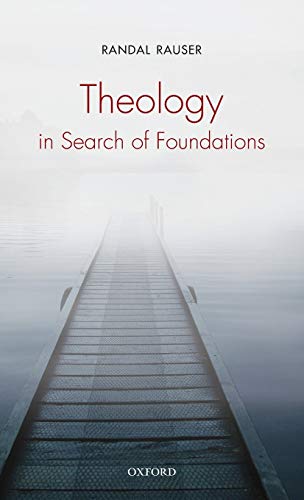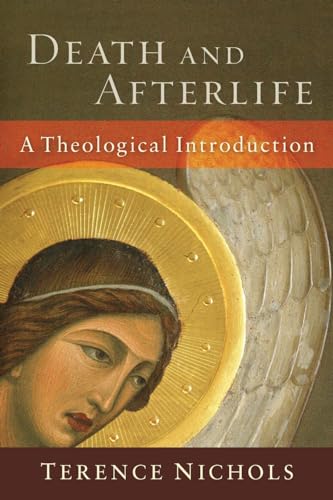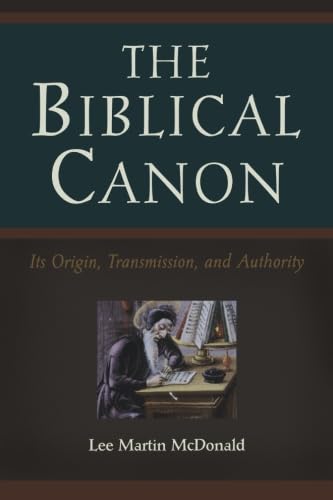The Anointed Son: A Trinitarian Spirit Christology
Written by Myk Habets Reviewed By Jason S. SextonThe prolific evangelical theologian from New Zealand continues to exercise his fluent pen with the next instalment to his own expanding research interests. Currently lecturing at Carey Baptist College in Auckland, New Zealand, here Myk Habets makes his initial contribution to another growing body of ecumenical work that has come to be known as “Spirit Christology” (p. 3). In so doing and in his task of serving the church, he offers a fresh approach to an enhanced Christology that, as he understands it, gives adequate place to pneumatology. Since Spirit and Christ are mutually constitutive, Habets sets out to define Spirit Christology within a Trinitarian perspective, and thus argues for its position as a needed complement to the reigning Logos Christology that has dominated throughout the Christian tradition (p. 7).
The book’s argument is spread throughout eight chapters. After the first introductory chapter, Habets sketches various methodological approaches to Christology in chapter 2. While not wanting to make starting points a matter of orthodoxy, here Habets accepts a functional Christology as his starting point which then leads to ontology (p. 17). In this move he posits a purely functional understanding as inadequate, as is also the traditional approach of a pure ontology alone (e.g., Nicaea or Chalcedon). He is after ontological language in the present context that is able to communicate what Nicaea did in its day (p. 21). And so for his proposal of an inspirational-incarnational Christology, he finds soteriology preceding Christology (p. 28), allowing this move from below with the historic Jesus to above with the affirmation of Christ’s deity, pre-existence, and Lordship as the cosmic Christ (p. 50).
Chapter 3 considers the patristic period where the earliest Christologies were constructed. Here he shows how by the time of Irenaeus a Logos Christology was the dominant position of the church, in turn eclipsing Spirit Christology as Jesus’ deity was emphasized over his humanity (p. 66). After tracing the patristic developments, in wanting to complement not replace the a.d. 451 decision, Habets offers a somewhat unoriginal critical assessment of Chalcedon (pp. 83–85), which is then followed by an account of weaknesses resulting from Logos Christology, especially in yielding an exclusively “from above” Christology (pp. 86–87). Habets is groping for a better approach that acknowledges the organic, normative pneumatological-Christological link, being both biblical and capable of speaking to today’s culture (p. 88).
In offering his Spirit Christology, Habets traverses the terrain of biblical scholarship and its recent christological accounts in chapter 4. Employing a pneumatological hermeneutic, appealing to the Spirit as the minister of the Word and the one who leads the community into correct interpretation of the Bible (a well-known approach in the Baptistic tradition), Habets sets forth this framework as one capable of presenting all the NT teaching on Jesus’ identity in a balanced manner (pp. 102, 108). And then in chapter 5, Habets employs this hermeneutic, looking primarily at the Gospel accounts of Christ’s life, and seeking to show that “the Spirit is seen as the interpretation of Jesus’s identity” (p. 122).
Chapter 6 attempts a definition of Sprit Christology proper that might be incorporated into contemporary theology. Before exploring Catholic (i.e., Kasper, Coffey, Del Colle) and Protestant (i.e., John Owen, Irving, and “Third Article” proponents like Moltmann, Smail, and Badcock) attempts either to replace or complement Logos Christology, Habets establishes helpful criteria for what a reinvigorated Spirit Christology ought to account for (pp. 190–93). This in turn precedes his own succinct presentation of a Trinitarian Spirit Christology (pp. 220–27).
In chapter 7 Habets continues his account of a Third Article Theology, where pneumatology assumes primacy in theological method. He then sketches tracks of how this theology of transformation can be worked into prolegomena, anthropology, ecclesiology, and soteriology, which further considers the significant matters of union with Christ, theosis and Dabney’s pneumatologia crucis, proposing a kenosis not just of the Son but of the Spirit as well. Finally, in chapter 8 Habets suggests ways that his Spirit Christology may contribute to further discussions in the following areas: Christology, theological anthropology, Christian discipleship, and ecumenism.
Throughout this bold work, Habets displays key characteristics of a self-consciously evangelical approach to theology. Specifically, the work shows constant awareness of biblical issues and matters of concern to the biblical text, thereby seeking to honor God. Additionally, it is aware of issues within the Eastern and Western traditions of the church and seeking to be sensitive to related issues that can serve the church. In light of the final three chapters especially, it seems that this work is effectively a sketch of something that Habets would like to further develop in due course. And yet the solid contribution that The Anointed Son makes should not be overlooked. In its breadth and scope of issues handled, it will be a useful text for Christology.
While this work is courageous, Habets is certainly capable of more here, and it is hoped that in the future he will work out more of the essential issues he touches on, perhaps especially issues surrounding methodology, by order of priority. If, as noted, there is no accepted ontology to speak of today (p. 21), what about the notion of a theo-ontology that might be built on a pneumatological-christological epistemology of theology? And another methodological area that beckons further development, since it is a deep concern throughout this work (e.g., pp. 88, 188, 231–32), is a more thorough account of precisely how theology ought to engage culture in order to speak the gospel effectively within particular cultures. As Habets continues his craft as a doctor in service of the church, this reviewer looks forward with much anticipation to forthcoming works that will provide assistance in both understanding and articulating the deep matters concerning the Triune God and his ways as revealed in the gospel of grace.
Jason S. Sexton
Jason Sexton is a licensed minister with the Evangelical Free Church of America and PhD candidate in Systematic Theology at The University of St. Andrews, Scotland.
Other Articles in this Issue
Most of our readers are theological students and pastors...
The Dazzling Darkness of God’s Triune Love: Introducing Evangelicals to the Theology of Hans Urs von Balthasar
by Stephen M. GarrettJürgen Moltmann observes that Christian theology and the Church face “a double crisis: the crisis of relevance and the crisis of identity...
Plots, Themes, and Responsibilities: The Search for a Center of Biblical Theology Reexamined
by Daniel J. BrendselIn the prolegomena to his “approach to biblical theology,” Charles H...
Since the mid-twentieth century biblical scholars have increasingly accepted that the texts of the Bible must be interpreted in terms of their literary genres...
The present age tends to regard polemics, theological controversies, and all-round doctrinal fisticuffs as, at best, a necessary evil, at worst, one of the most revolting aspects of Christianity...







